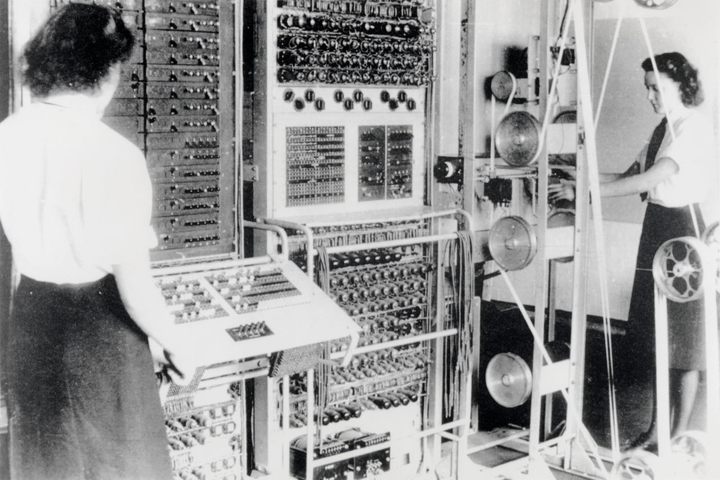Colossus project – glory of cryptography. Historical, powerful computers weaker than laptop

- Most Powerful Computers in History of Mankind That Were Weaker Than Your Laptop
- Colossus project – glory of cryptography
- Deep Blue IBM – chess like no other
- Digital Jurassic Park
- The stuff Toy Story was made of
- To the Moon... with 4 KB of memory
Colossus project – glory of cryptography

The Colossus Mark 1 was the first British-designed computer made to break the codes of the German Lorenz SZ machine. The prototype, developed by Tommy Flowers, consisted of 1,500 electron tubes, 100 logic gates and 1,000 resistors, and it made its decryption debut on February 5, 1944.
The design was improved fairly quickly, receiving the name of Colossus Mark 2. This model was five times as powerful as its predecessor, and was first booted on June 1, 1944 – just in time for the Normandy landing. The machine had a perforated tape reader that allowed data to enter at a rate of up to 5000 characters per second, speeding up the decryption process from days to several hours. How capable was this piece of hardware compared to today's machines? The Colossus Mark 2 replica in 2007 needed 3.5 hours to read an encoded radio message, while the same task required no more than 46 seconds from a laptop with a 1.4 GHz processor. You can see the difference.
Although the Colossus Mark 1 was created and operated two years before the introduction of ENIAC, it was significantly more powerful than the American behemoth, and was also much smaller (weighing about five tons) and required much less energy (8 kW). However, it was not a multi-purpose machine, so it's not considered the first computer as often as the ABC.